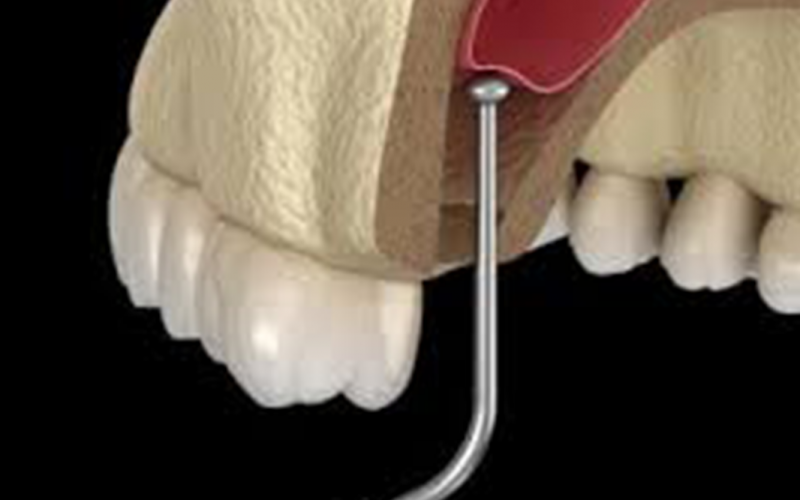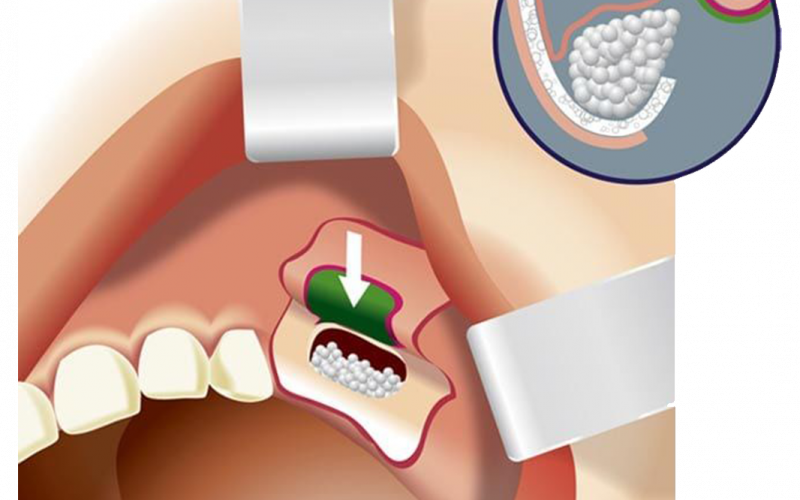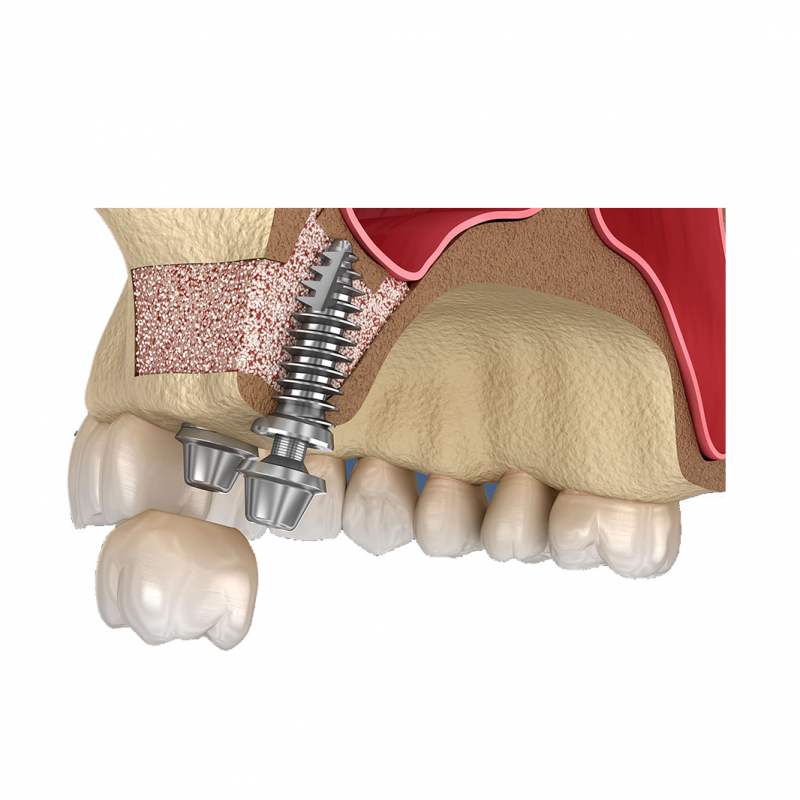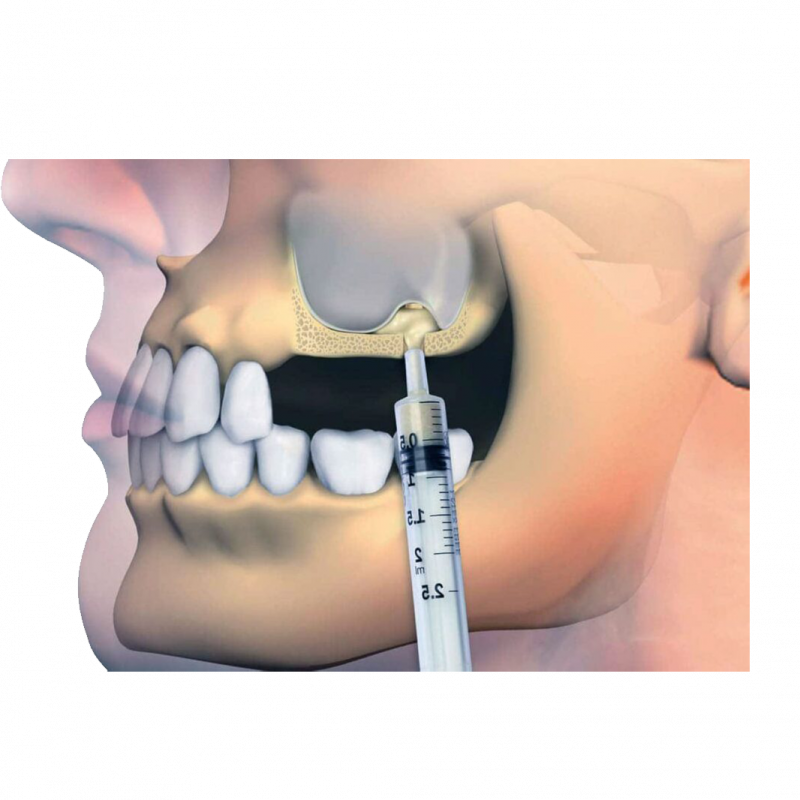When bone loss occurs in the jaws, bone grafting is required for dental implants. This procedure is usually performed when placing a dental implant or when bone loss adversely affects neighboring teeth.
What is Bone Graft?
Bone Graft is applied to add volume and density to the jaw in areas where bone resorption (bone resorption) occurs. These grafts can be taken from the patient’s own body (autogenous) or from another human tissue bank (allograft) or an animal tissue bank (xenograft). In some cases, synthetic (alloplast) bone graft may be used.
Which Patients Need Bone Grafts?
A patient with bone loss in the jaw usually needs a dental bone graft. This procedure may be recommended in the following cases:
- To prevent melting after tooth extraction
- When a dental implant is to be applied to a missing tooth site
- To reconstruct the jaw before prosthesis
- It is applied in areas with bone loss due to gingival (periodontal) disease.
Where are Bone Grafts According to Intended Use?
Socket Preservation: This type of graft, sometimes called ridge preservation, is placed in the extraction socket immediately after tooth extraction. This fills the gap left by the missing tooth and prevents the edges of the socket from collapsing inwards.
Horizontal and Vertical Bone Repair (Horizontal and Vertical Bone Segmentation):Due to prolonged toothlessness, the jaw bones undergo resorption (melting) and thus become thinner than before.
This form of repair increases the width and volume of the jawbone, allowing dental implants to become more stable.
Sinus Lifting The maxillary sinuses, that is, the air cavities in the posterior region of the upper jaw, sag downward due to prolonged toothlessness, making it impossible to apply dental implants. In this case, the sinus is removed and a bone graft is applied to the relevant area.
This creates a solid foundation for dental implants.
Periodontal Bone Graft Application: The gum disease periodontitis = infection caused by gingivitis melts the jawbone that supports the teeth over time.
This leads to increased mobility (wobbling) of the teeth. A bone graft is placed around the affected tooth to reduce tooth mobility and provide support for the teeth.









